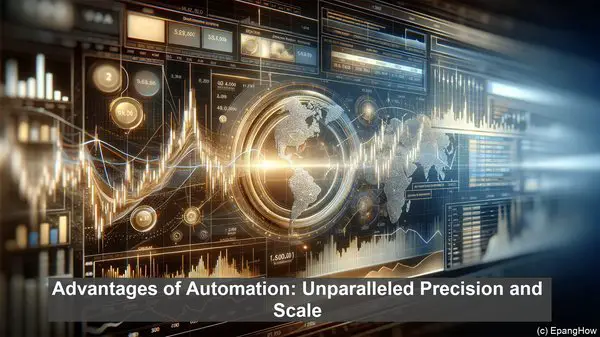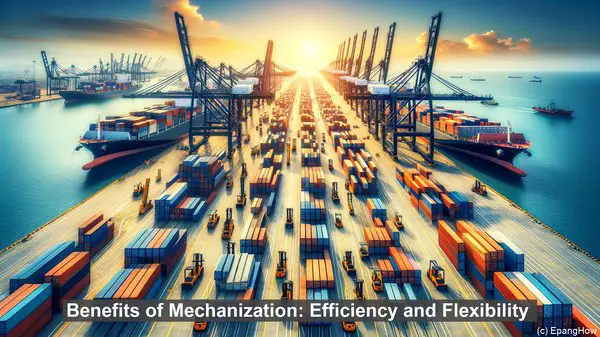Introduction: The Evolution of Production
Greetings, ladies and gentlemen! As production processes have evolved over the years, two terms have become increasingly prevalent: mechanization and automation. While both involve the use of machinery, they differ in their scope, complexity, and impact. Today, we’ll embark on a journey to understand these differences, shedding light on their significance in the modern industrial landscape.

Mechanization: Enhancing Human Capabilities
Mechanization, at its core, involves the introduction of machinery to perform specific tasks. It aims to augment human capabilities, making processes more efficient and less labor-intensive. In a mechanized setup, machines are often operated and controlled by humans, who oversee the overall workflow. This approach, while offering notable advantages, still relies on human intervention and decision-making at various stages.
Automation: The Dawn of Intelligent Machinery
Automation, on the other hand, represents a more advanced and intricate system. It goes beyond mere task execution and encompasses the ability of machines to make decisions, adapt, and learn. In an automated setup, machines are equipped with sensors, actuators, and sophisticated algorithms, enabling them to operate independently, with minimal human intervention. This not only streamlines processes but also opens up new possibilities for precision, speed, and scalability.
Benefits of Mechanization: Efficiency and Flexibility
Mechanization, particularly in its early stages, offers several advantages. By introducing machines, tasks can be completed faster, reducing the overall production time. Moreover, mechanization often leads to enhanced precision and consistency, minimizing errors and rework. Additionally, mechanized systems can be more flexible, allowing for easier adjustments and adaptations to changing requirements.

Advantages of Automation: Unparalleled Precision and Scale
Automation, with its intelligent and self-regulating machinery, takes efficiency to a whole new level. Machines can perform tasks with unmatched precision, significantly reducing the margin of error. Furthermore, automated systems can operate continuously, 24/7, without the need for breaks or rest, enabling round-the-clock production. This, coupled with the potential for seamless integration with other technologies, paves the way for unprecedented scalability.
Considerations and Challenges: The Human Element
While the allure of mechanization and automation is undeniable, it’s crucial to acknowledge the human aspect. As processes become more machine-driven, the role of humans may shift from direct execution to oversight, maintenance, and troubleshooting. This necessitates upskilling and retraining to ensure a workforce that can adapt to the changing dynamics. Additionally, there are ethical and social considerations, such as job displacement, that need to be addressed.
